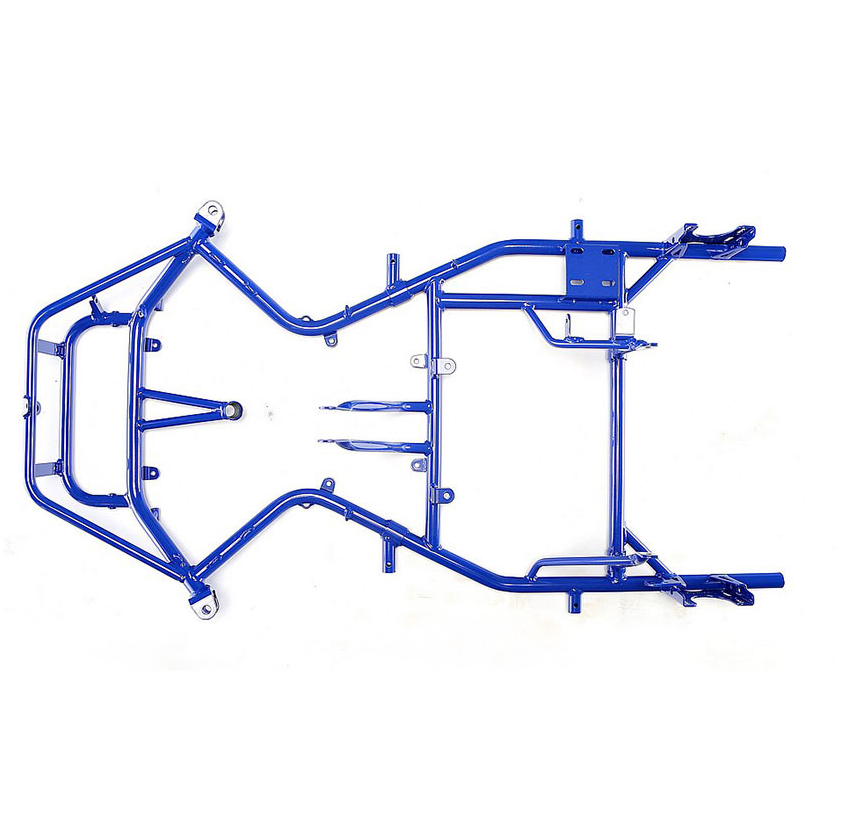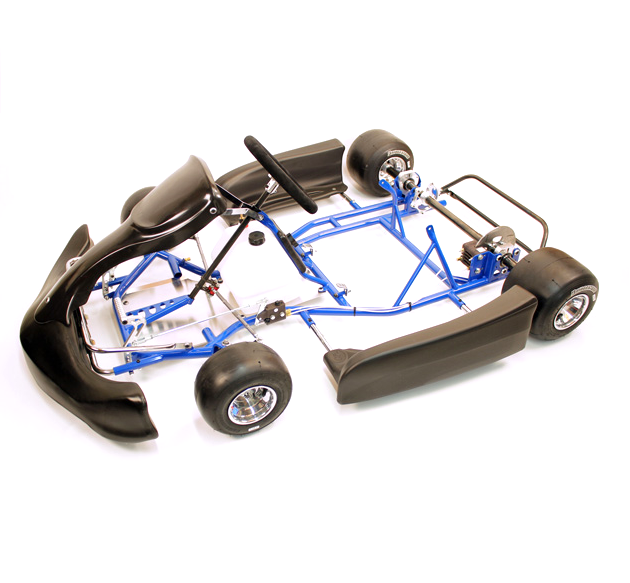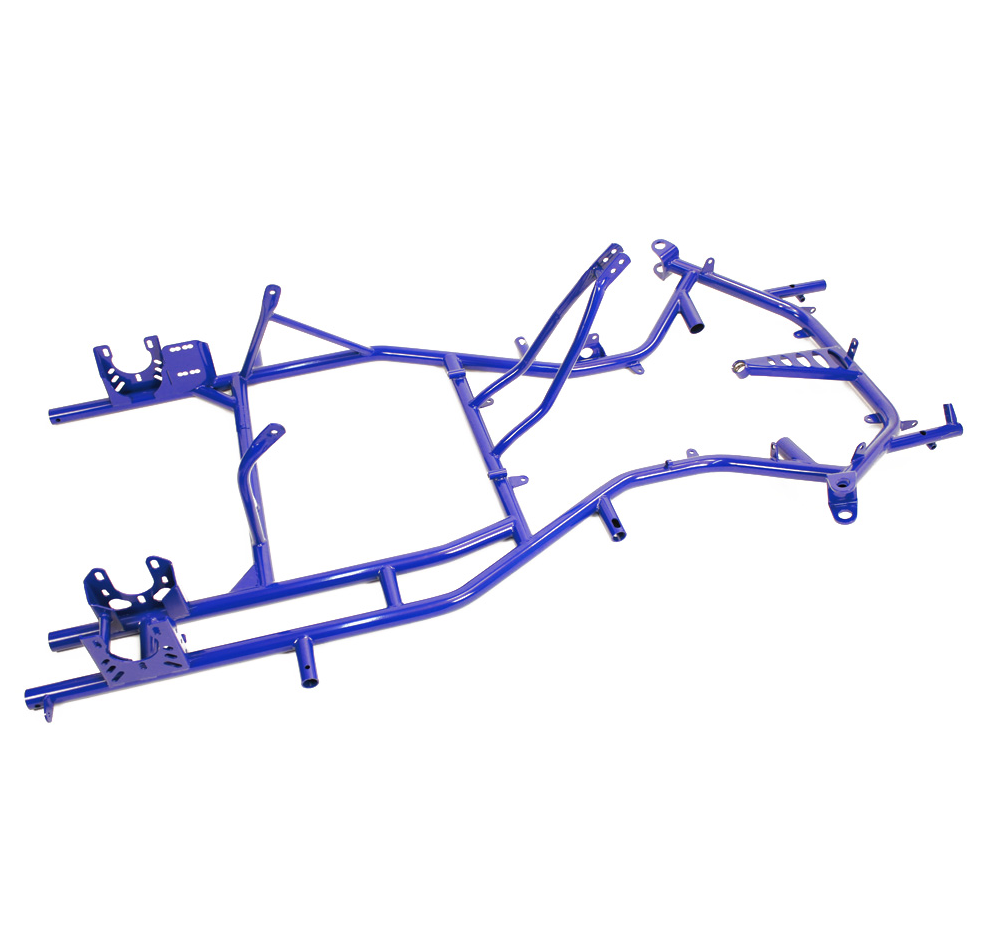Go karts are a popular type of race car, and their chassis structure is an essential component for their performance and handling. A go kart chassis must be strong, lightweight, and designed to handle the forces generated during acceleration, braking, and cornering. In this article, we will explore the design and construction of a go kart chassis, with a focus on the materials used, the design process, and the importance of chassis stiffness and weight distribution.
Materials Selection
The selection of materials used in the construction of a go kart chassis is crucial to its performance. The most common materials used are aluminum and carbon fiber reinforced plastics (CFRPs). Aluminum is lightweight, strong, and corrosion-resistant, making it an excellent choice for go kart chassis construction. CFPRPs offer even stronger performance characteristics and can withstand higher loads and stresses. The selection of materials used will depend on the specific requirements of the kart and the level of competition.
Design Process
The design process of a go kart chassis begins with a CAD drawing, which allows engineers to model the various components of the chassis and how they will interact with each other. Once the design is finalized, it is sent to a manufacturer for production. The production process typically involves welding aluminum or carbon fiber reinforced plastics into a chassis frame. The chassis may then undergo additional strength testing to ensure it meets all safety standards and can handle the high speeds generated during racing.
Importance of Chassis Stiffness and Weight Distribution
Chassis stiffness and weight distribution are two important factors that affect a go kart’s performance. A stiffer chassis will handle better and is less likely to flex or bend during cornering or hard braking. However, too much stiffness can result in a kart that is difficult to handle and steering. Weight distribution refers to the balance of weight throughout the kart’s chassis. Proper weight distribution can improve handling by evenly distributing the weight over the wheels, resulting in improved traction and braking performance.
In conclusion, the design and construction of a go kart chassis is a critical aspect of performance and handling. Material selection, design process, chassis stiffness, and weight distribution are all important factors that engineers must consider when designing a kart’s chassis structure. With the right design, a kart can achieve optimal performance and handling on the race track.
Post time: Oct-17-2023



